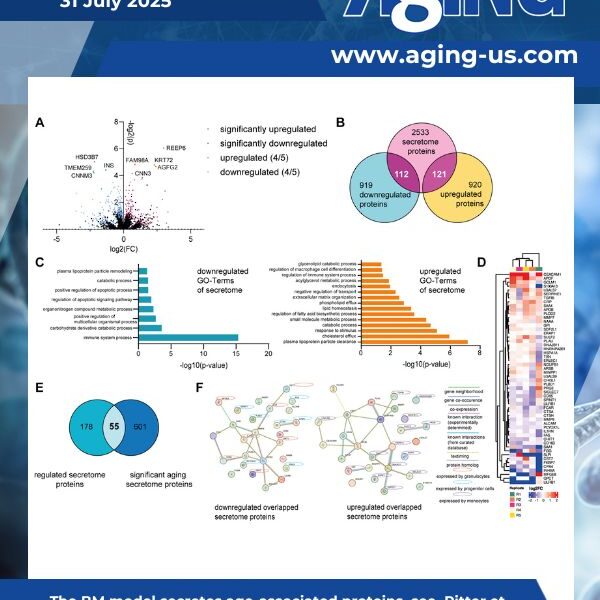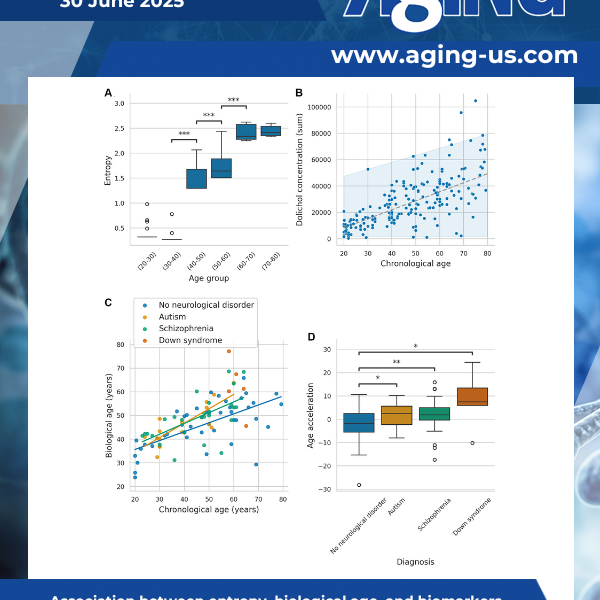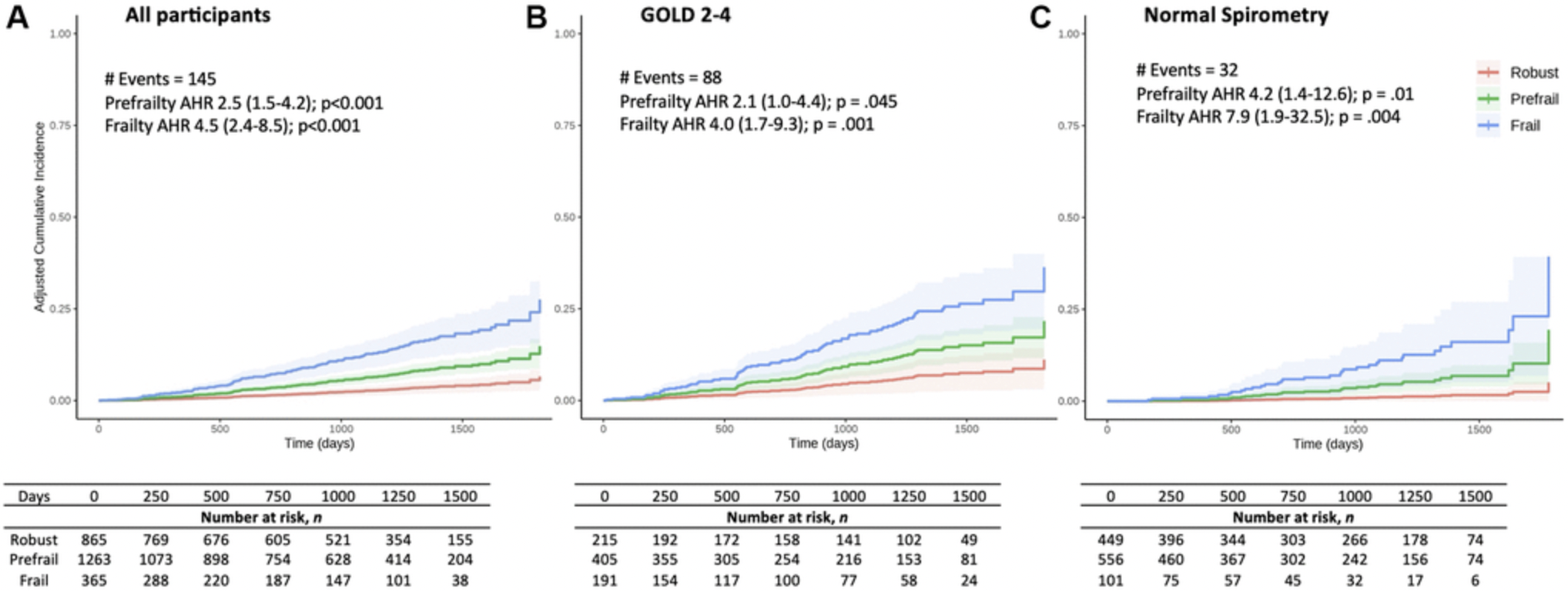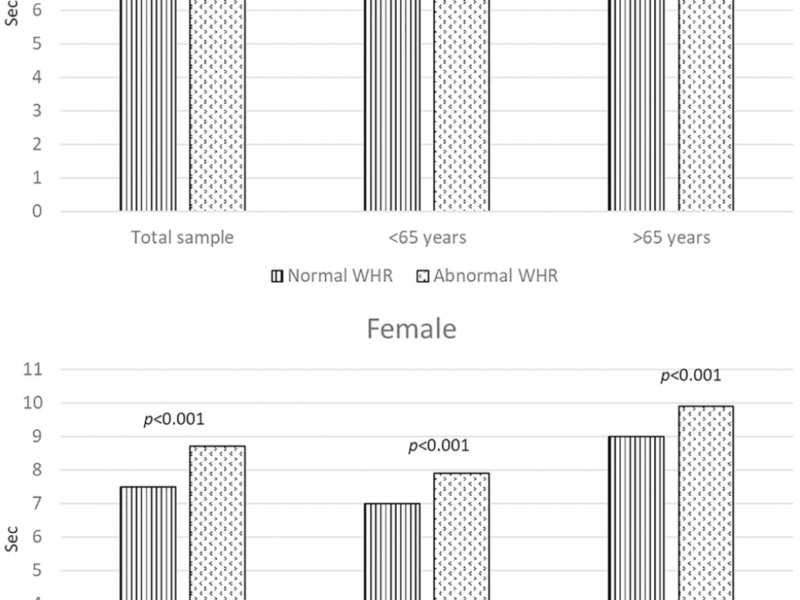Aging-US Research

Researchers from Beiersdorf AG, Research and Development Hamburg in Germany, used a microphysiological co-culture system—a lab-based model simulating human circulation—to test the effects of young versus old blood serum on skin cells.

Aging is a complex process that significantly contributes to age-related diseases and poses significant challenges for effective interventions, with few holistic anti-aging approaches successfully reversing its signs.

A new study published recently in Aging (Aging-US) Volume 17, Issue 6, examines a novel treatment for women with ovarian failure. Researchers from IVI Clinics Alicante in Spain investigated a procedure called Stem Cell Regenera, which uses the body’s own stem cells and platelet-rich plasma to activate dormant follicles in the ovaries.

In this special collection, Aging seeks to bring together cutting-edge research that spans the cellular and molecular underpinnings of cognitive aging with insights into the psychosocial, behavioral, and environmental factors that modulate its course.

A new study published recently as the cover of Aging Volume 17, Issue 6, describes a new method to estimate how fast the brain is aging. By analyzing lipids, or fat molecules, in brain tissue, researchers from the National University of Singapore and Hanze University of Applied Sciences created a biological “clock” called DoliClock.

This study introduces DoliClock, a lipid-based biological aging clock designed to predict the age of the prefrontal cortex using post-mortem lipidomic data. Significant age acceleration was observed in autism, schizophrenia, and Down syndrome.




